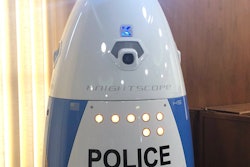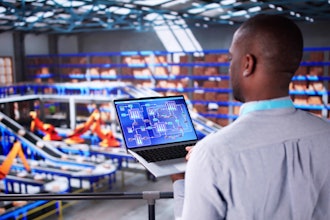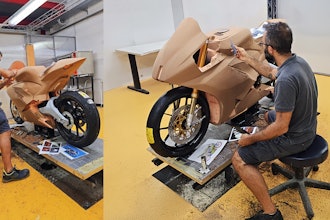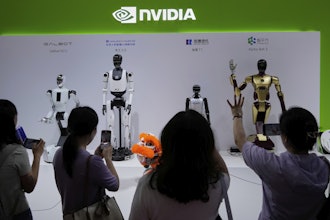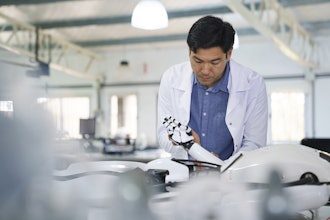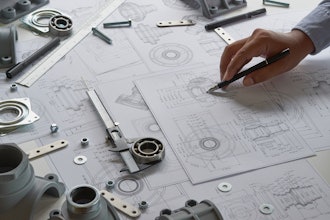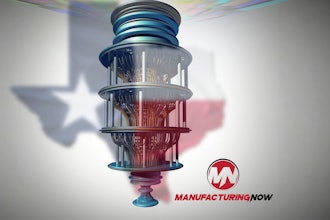Last year, MIT researchers partnered with BMW to test ways for humans and robots to assemble car parts together in close proximity.
The team created a robot-on-rails concept that delivered parts to workstations, however, human workers would often cross this rail path and the robot was designed to freeze whenever a worker passed by. The problem was that the robot was too safe — freezing too early and creating inefficiencies.
The issue was the algorithm: it knew where a person was going, but couldn’t anticipate how long the person would stay there and when they would come back across the rail.
The team went back to the drawing board and created a new tool that better predicts a worker's trajectory.
The new algorithm helps the robot "understand" common human movements, like stops and retracing our steps. In the test, the robot stopped freezing in place for long periods of time and was capable of resuming work shortly after the human passed.
It's the next step towards not only robots working together in a factory, but also collaborating in the home. It could also be paired with tools that help the robots read our gestures and recognize specific actions and behaviors.



